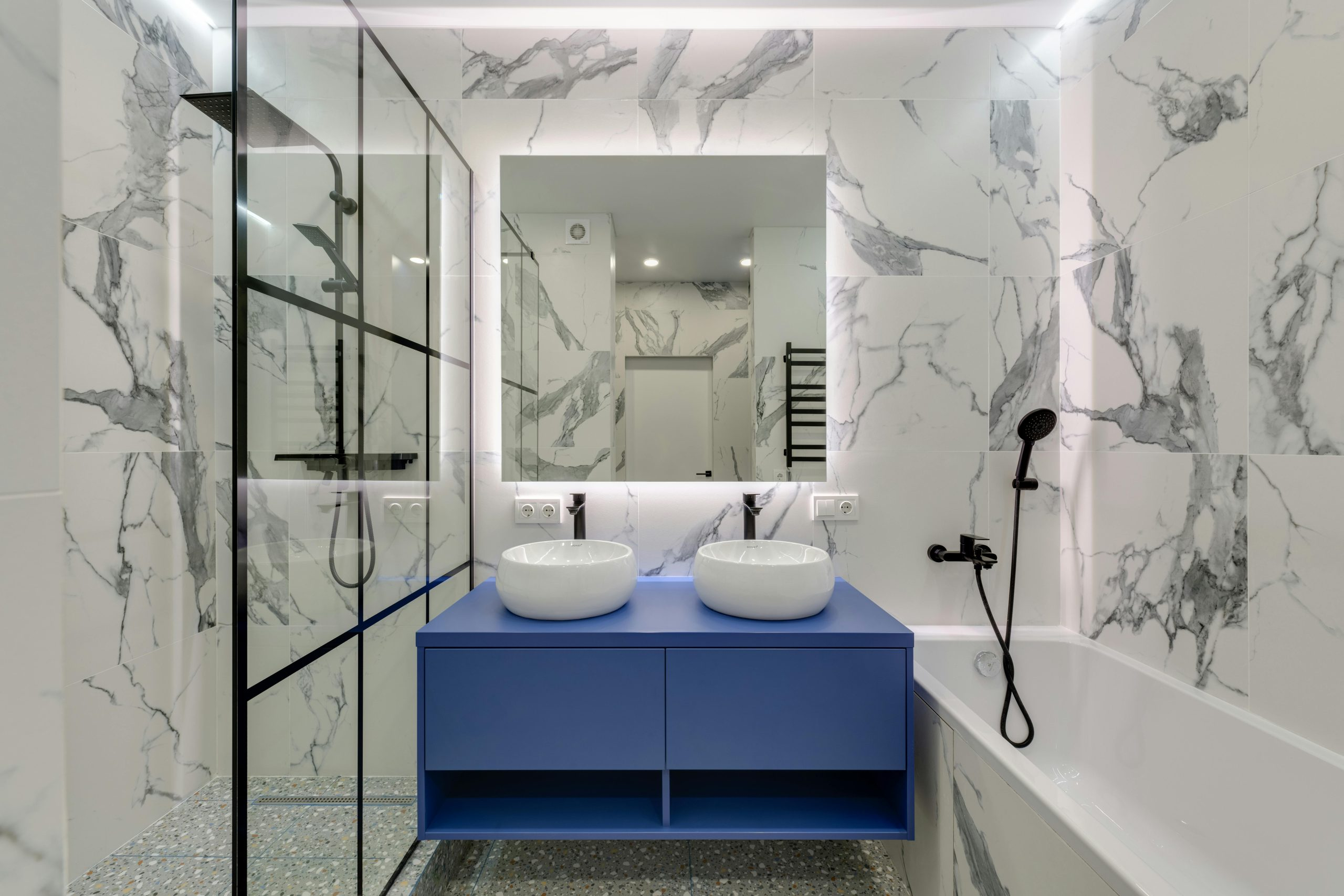Tiny House Communities: Advantages and Drawbacks for Residents
Do you dream of living in a small but functional home that promotes a simpler and more sustainable lifestyle? Then tiny house living may be perfect for you. And to take this living concept to the next level, tiny house communities have emerged as a popular housing solution for those seeking a tight-knit and eco-friendly community. However, like all things, it comes with its own set of advantages and drawbacks. In this article, we’ll delve into the benefits and challenges that residents may face in tiny house communities.
The Advantages of Living in a Tiny House Community
1. Affordability
One of the biggest reasons why people are drawn to tiny house communities is the cost savings. With smaller living spaces and shared amenities, the cost of living is significantly lower compared to traditional housing. Residents can save money on rent and utility bills, making it easier to live comfortably with a lower income. This makes tiny house communities a viable option for those looking to downsize or reduce their expenses.
2. Minimalistic Lifestyle
With limited space, tiny house living encourages a minimalistic lifestyle. Residents have to carefully evaluate and prioritize their possessions, which can lead to a simpler and less cluttered life. This can also promote sustainability, as fewer possessions equal less waste. Additionally, living in a tiny house community can foster a sense of community and shared resources.
3. Environmentally-Friendly
Tiny house living is inherently eco-friendly as it requires less energy to heat, cool, and maintain a smaller space. This translates to a lower carbon footprint and reduced environmental impact. Additionally, tiny house communities often incorporate sustainable features such as solar panels, rainwater harvesting, and composting toilets, further reducing their environmental impact.
4. Sense of Community
Many tiny house communities have a strong sense of community, with residents often sharing similar values and lifestyles. Living in close proximity to others can lead to meaningful connections and a strong support system. Some communities even have communal areas for residents to gather, share meals, and participate in group activities, fostering a real sense of belonging.
The Drawbacks of Living in a Tiny House Community
1. Limited Space
While a minimalist lifestyle may sound appealing, living in a small space can be challenging for some. Tiny house living requires careful organization and decluttering, and residents may have to give up some luxuries they were used to having in a larger home. This lifestyle may not be suitable for families or those with special needs.
2. Zoning Restrictions
Tiny houses are still a relatively new concept and may not be recognized as legal residences in all areas. This can be a major challenge for those looking to join a tiny house community. Zoning laws and restrictions may prevent residents from setting up a tiny house on a piece of land, forcing them to find other solutions.
3. Lack of Privacy
Living in close quarters with neighbors means sacrificing some privacy. This can be challenging for those who value personal space and quiet time. Noise and privacy issues can also arise in shared communal spaces, causing conflict between residents.
4. Limited Resale Value
While tiny houses are gaining popularity, they may not hold their value as well as traditional houses. This can make it challenging for residents to sell their tiny house if they decide to move on. Additionally, given the unique nature of tiny house communities, finding a buyer who shares the same lifestyle and values can also be challenging.
In Conclusion
Tiny house communities have their fair share of advantages and drawbacks for residents. While the affordability and sense of community can be a major draw, limited space, zoning restrictions, and limited resale value may present challenges. It’s important to carefully consider these factors and research different communities before making the decision to join one. But if tiny house living aligns with your values and lifestyle, living in a tight-knit and sustainable community may be a dream come true.










